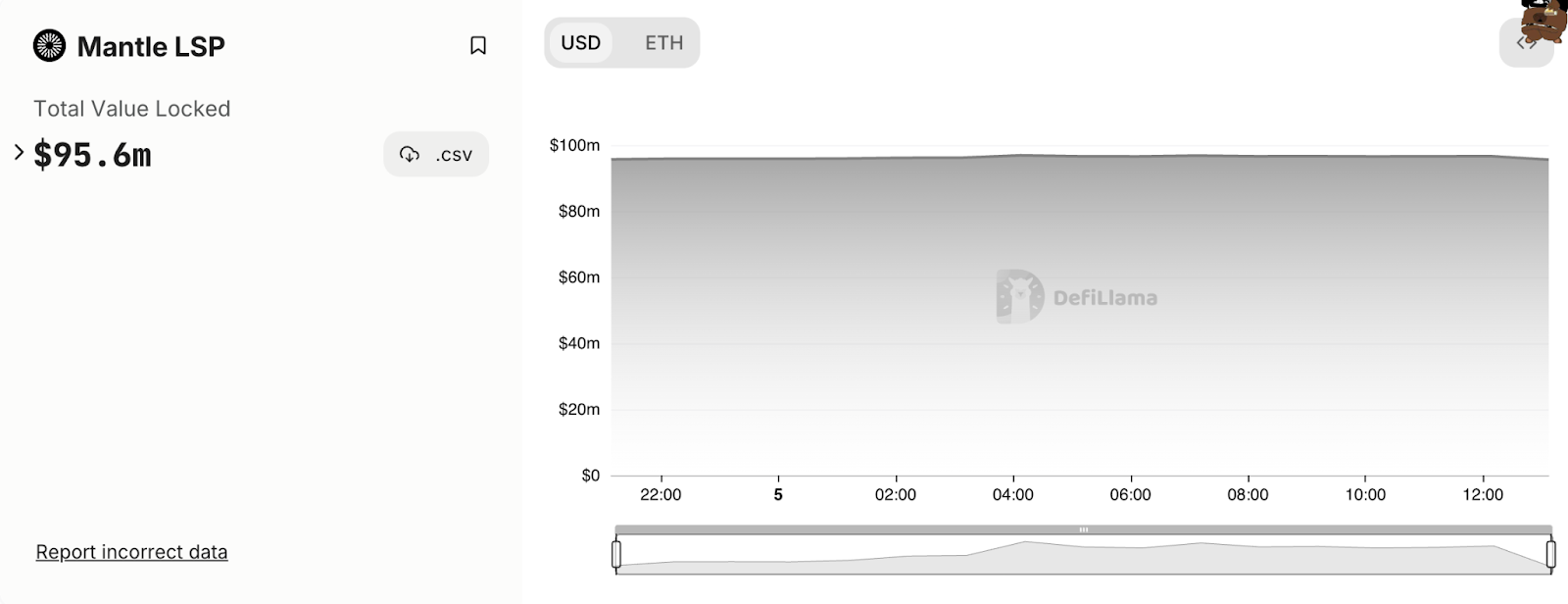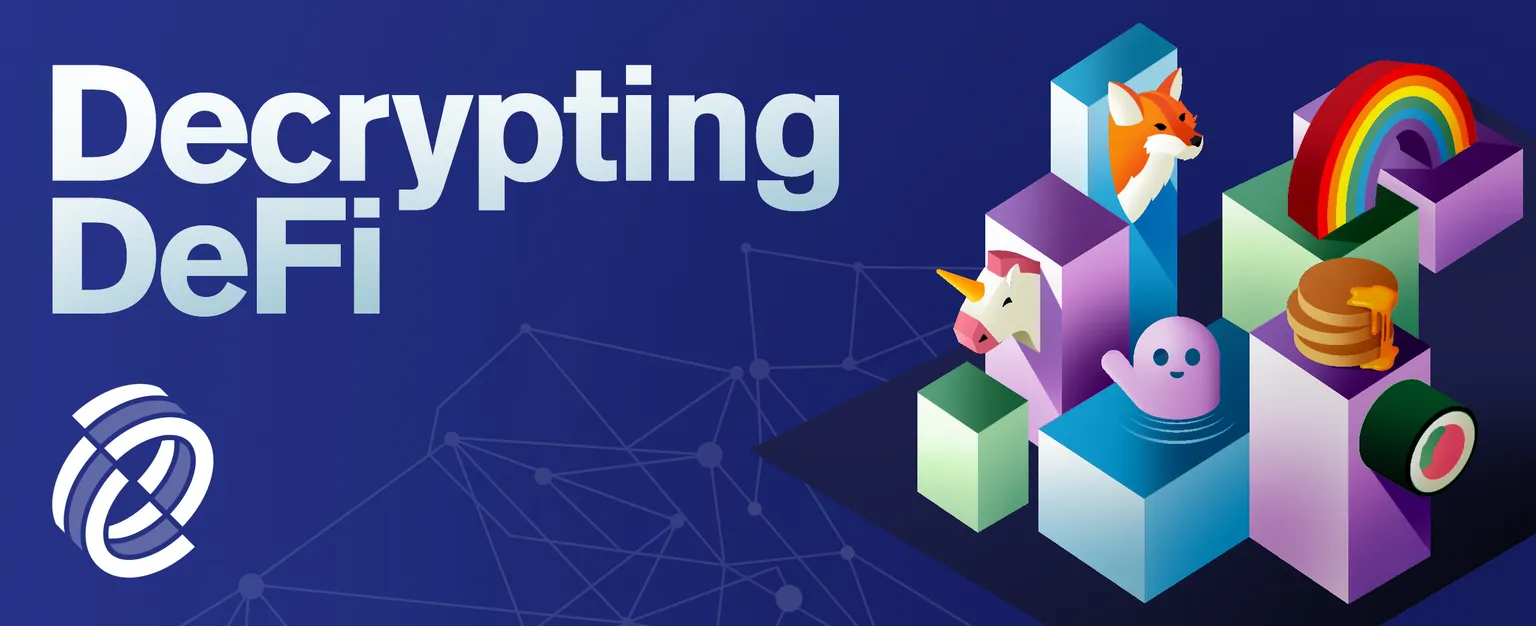Since their inception as the DeFi Track winner during ETHDenver 2022, Huma Finance has been a vanguard in the on-chain credit space, particularly in the realm of Real World Assets (RWA). With $66 million in on-chain receivables since June, and a substantial $8.3 million raise, Huma stands as a burgeoning use case for the potential of blockchain in revolutionizing traditional financial models.
—
The Significance of On-Chain Receivables
Receivables, or accounts receivable, are amounts owed to a company by its customers for goods or services already delivered but not yet paid for. They are listed as assets on the company’s balance sheet, representing future cash that the company expects to receive.
Anyone familiar with how smart contracts operate can postulate the significance of putting receivables on-chain for a more transparent and effective solution for cross-border payments, a necessity in a market that saw a colossal growth of €3,659 billion in 2022.
At its core, Huma Finance’s strategy revolves around tokenizing receivables, so it can be used to borrow against on-chain, a move that enhances supply chain visibility, operational efficiency and crafts a framework for a global digital settlement layer.
Since launching the protocol in June, Huma has surpassed $67 Million in on-chain receivables financed, growing at $25 Million a month, with a 0% default rate.
Huma expects their receivables backed credit origination to surpass $1B in 2024.
Huma operates under “auditable transparency”, meaning they have created a cryptographic papertrail linking on-chain receivables to real world activity, auditable by global audit firms. Huma’s strategic partnerships with Credora and Securitize bring Traditional Finance credibility to their cutting edge infrastructure.
This strategy aligns with the broader trend of RWA digitization, where blockchain technology is employed to create more accessible, liquid, and transparent markets.
The Wider Implications for Real World Assets
The integration of blockchain with RWA is not just an isolated trend but part of a larger movement transforming traditional asset management and business operations.
This includes tokenization of assets, creating fractional ownership opportunities, and providing liquidity to markets that were previously illiquid.
Earlier this year Boston Consulting Group, an advocacy firm, predicted that the market for tokenized real world assets could reach $16 trillion by 2030.
Huma’s work illuminates how the industry can reach a trillion dollar figure, with tokenized on-chain receivables representing just one component of a larger puzzle.
Beyond On-Chain Receivables
As Huma Finance continues to build and enhance the protocol for on-chain receivables, their partners are using the protocol’s infrastructure to address a significant global credit gap, especially in emerging markets.
Huma Finance’s partnerships with Jia and Arf represent another layer in the RWA landscape.
By leveraging Huma’s protocol, Jia is addressing the substantial credit needs in emerging markets, enabling small businesses to tap into funding sources via $USDC loans. This move is significant in a sector where traditional financing often falls short, and traditional mobile loans are not as customizable as what Jia offers.
On another front, Huma’s partnership with Arf has resulted in an on-chain liquidity solution for cross-border payments, a first in the industry, tackling long-standing issues of inefficiency and opacity in international financial transactions.
These collaborations point to the ethos of what blockchain often touts itself to be. While the space is flushed with below-grade DeFi projects, Huma’s work points towards a more inclusive and transparent financial ecosystem, and carves a path for how RWAs can and will merge with blockchain.
The implications for global finance and RWAs are profound and as use cases like tokenized on-chain receivables gain traction amongst traditional financial institutions, the industry will get closer to the Trillion dollar prediction and RWAs could become a household name.
Sourced from cryptonews.net.










